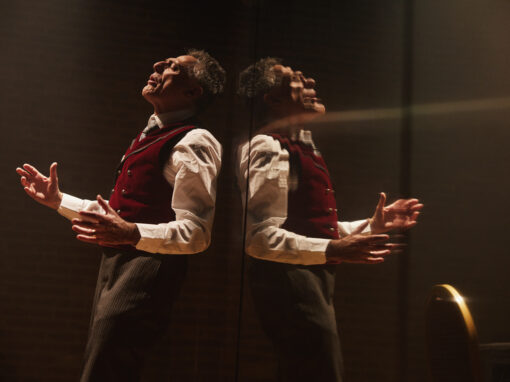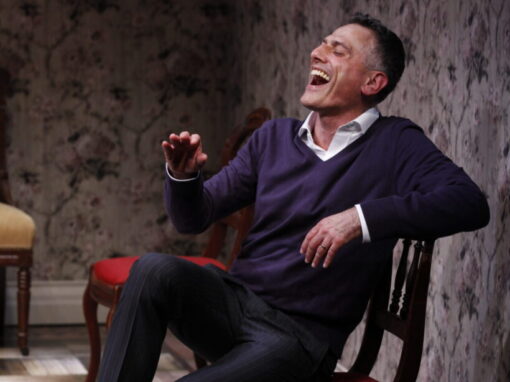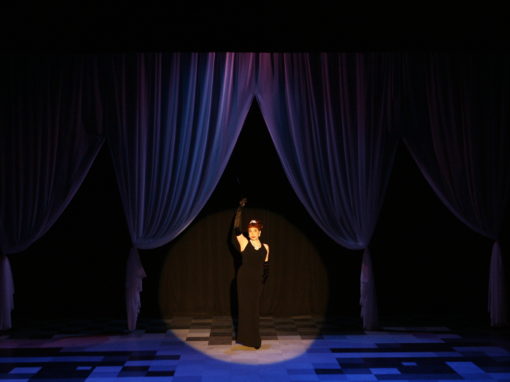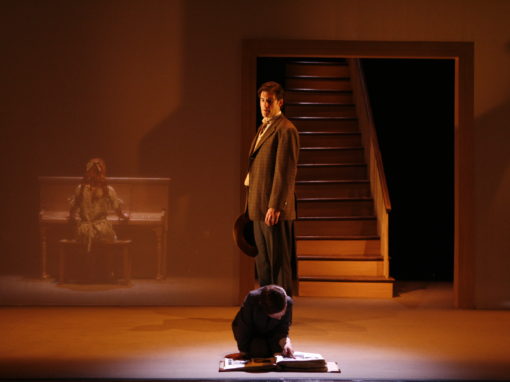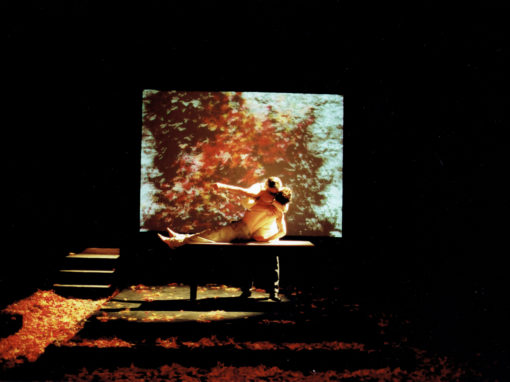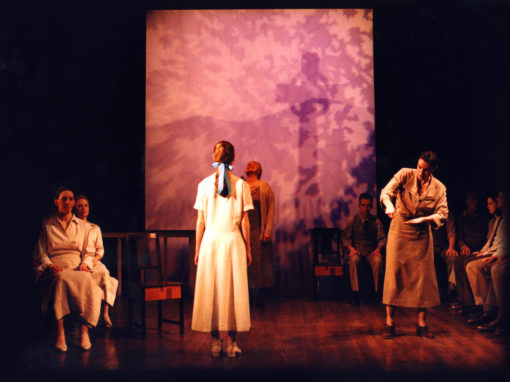The We of Us // by Dick Scanlan
A year after an unexpected closing night, librettist Dick Scanlan reflects on what brought Molly Brown to life.
Molly Brown is mad at me: I’m procrastinating. Then again, she’s miffed at my calling her Molly since in her lifetime she was known as Maggie, but as much as I strove for historical accuracy in the complete overhaul of the musical about her life, The Unsinkable Molly Brown is too recognizable a title to change. And that’s show biz, Maggie.
The task I’m putting off is an essay Jack Cummings III asked me to write coinciding with the one-year anniversary of the global shutdown due to Covid.
I am not typically a procrastinator. As a writer, it’s important to me that my desktop is clear so I’m free to dream about whatever story I’m creating without the burden of undone tasks. Molly was the same way on steroids, not that steroids were around in the late 19th century, but you know what I mean: Molly got it done—especially if “it” meant righting a wrong. Director/choreographer Kathleen Marshall describes her as a heat-seeking missile programmed to stop injustice of any kind, large or small. And like Kathleen, Molly was robustly pragmatic and able to solve any problem that came her way: Mistreated miners? UNION! Mistreated underage offenders? JUVENILE JUSTICE SYSTEM! Mistreated women? SUFFRAGE! She was a community organizer a century before Sarah Palin mocked community organizers. The gal couldn’t help herself from helping others, even when her activism caused problems in her marriage because her husband couldn’t handle the attention Hurricane Molly attracted. It helps when writing characters like this to have Beth Malone and David Aron Damane playing them; it helps when your actors’ hearts are as big as the characters they portray, their intelligence as keen and their sense of humor way sharper than the real-life Mr. and Mrs. Brown.
All of this was why I wanted to rewrite The Unsinkable Molly Brown. The original version, produced in 1960, was sort of a progenitor to The Beverly Hillbillies, i.e., hayseeds strike it rich. I found the real story much more compelling, but as much as we talk about the theatre community, depicting “community” on stage is probably the hardest theatrical endeavor I’ve ever undertaken. Hell, it’s hard enough to write a good party scene: the fun seems forced, the jollity manic, the relationships between the revelers inauthentic. Actually, dramatizing community in a way anyone wants to watch? Not something I’ve seen done well. I’ve seen actors work well as a company. In fact, that’s a hallmark of most TG productions. The one that comes to mind is their staggering production of I Remember Mama, one of my favorite theatre-going memories in five decades of theatre-going. But I Remember Mama is the story of one woman in a given time and place, trying to take care of her family, as remembered years later by her grown daughter. Personal, not communal.
The new Molly Brown is a call to arms: get involved! Walk the walk! Fix it! Kathleen and I were determined to politicize an unabashedly, unapologetically old-fashioned musical comedy without in any way sacrificing the fun that form promises. Doing so meant dismantling any hint of didacticism with laughter. More importantly, it meant viscerally communicating the power of “we” over “I,” and the almost giddy joy human beings feel when they’re able to fully be themselves by fully committing to something larger than themselves.
Which brings me to “Belly Up to the Bar, Boys,” written by the legendary Meredith Willson to be a slightly naughty, double-entendre filled drinking song. As originally conceived, it served the implausible story point of Molly teaching herself to play the piano in record time (we’re talking 20, 30 seconds) but really its purpose was to stop the show. In earlier iterations of the rewritten version, we used the song to bring our leading couple together. They’d met cute at the top of the show and now it was time for them to fall in love. As good as Kathleen’s choreography was, though, in the two productions that preceded our New York premiere, we couldn’t transcend the song’s “time for a showstopper” DNA.
This time around was different for multiple reasons. For starters, we reduced the cast from 41 to 16, meaning everyone played multiple roles, and participated in reconfiguring Brett Banakis’ simple, artful set. That mandated the kind of teamwork I mentioned above, a group of actors functioning as a unit.
But the bigger factor was the timing of this production: the start of Trump’s fourth year in office. Kathleen and I started this journey before Trump was anything more than a reality TV show star that every New Yorker knew was…well, what we all know he is. By January 2020, however, he was the leader of the free world, championing his valueless value system: all that matters is what you get not how you get it; anyone who puts someone else first is a schmuck; there are people in the world who are better than other people; and men are better than women. Indeed, in an instance of synchronicity, I rewrote the prologue of the show for the TG production to have Molly testifying before an all-male U.S. Senate commission investigating the tragedy of the RMS Titanic; the Senators’ misogyny is what triggers Molly’s trip down memory lane as a woman in man’s world. I had no way of knowing that when we went into rehearsal, the big news would be Trump’s (first) impeachment hearings, dominated by male senators who put politics before truth.
During our breaks, conversations about the impeachment replaced the customary theatre talk. Kathleen, who ordinarily doesn’t take breaks, weighed in with clarity and concern; somehow, in addition to directing and choreographing a big musical while raising two children, she made sure she was well-informed about what was happening in Washington. During rehearsal, she exhibited the same grasp on what was happening in Washington generations ago. I recall her stopping a scene in which residents of a small town argued over suffrage. All the male characters were opposed to it; all the female characters in favor…which Kathleen said was completely inaccurate: there were men for it and women against it, for the right reasons and the wrong ones, and she wanted our town of 16 to reflect 16 points of view while—and this is key—being a place where opposing points of view were, if not welcomed, at least countenanced, a stark contrast to Trump’s “you’re with me or against me” ethos.
Back to “Belly Up.” It begins when our leading man tries to stop Molly from socializing with some prostitutes. Instead, Molly sings with the prostitutes to flaunt his small-mindedness. As the number builds and he witnesses the power of her inclusive worldview, he is bowled over; indeed, it’s what makes him fall in love with her. Not just him: by the end of the number everyone in the town is dancing with everyone else. As choreographed by Kathleen, the steps were based on social dances; save for a few specialty moments, this was not virtuosic “God I hope I get it” dancing. In difficulty, the steps were closer to what I learned when my junior high gym class would do rainy day square dancing (the only athletic activity I excelled at). But the politics of the number, the melting away of strata, the liberation each character experienced as s/he grasped that all were truly welcome here, that nobody is better than and nobody isn’t good enough…that’s what made our “Belly Up” stop the show. Nothing is more gratifying than moving an audience without their understanding why they’re so moved. This was one of those numbers. From the ovation, you’d have thunk they’d watched Baryshnikov nail a quintuple pirouette, not a company of actor/singers doing allemande right and allemande left. But of course, what they were cheering was community itself, and the opportunity community affords each of us to simultaneously individuate and participate.
As opposed to much of the country today, where it’s allemande right or allemande left and never the twain shall meet.
I happened to be at Abrons Arts Center on March 11, 2020, the last time “Belly Up to the Bar, Boys” stopped the show. The next day, the world stopped. No more community on stage at Abrons Arts Center, in New York City, anywhere in the world. Each of us retreated into our cocoons, and while I count myself blessed to share mine with a devoted partner and a loving son, I yearn for some of what “Belly Up” offered. Hence my procrastination: it’s painful to remember, write about, and face the reality of what we’ve gone through this past year without being able to go through it together: a global pandemic that’s done disproportionate damage in this country, especially to Black and brown people; George Floyd, the resulting expansion of consciousness about systemic racism and the inevitable racist backlash; the insurrection at the U.S. Capitol.
We have our work cut out for us—the key word being “we.” It’s a commonly held belief, amplified for four years by the now former (thank God) President Trump that deep down inside we’re all out for ourselves. But if that were the case, audiences wouldn’t have reacted so effusively to a production number celebrating the opposite belief: together we can do what we could not do alone. We can’t do it today, or next week, even—but soon. As soon as possible, please. Because community is as hard to pull off in life is as it is on stage, but if “Belly Up” (and every other moment of Molly Brown) is any indication, it’s so worth it. So, keep the faith (for Molly that meant Catholicism but whatever works for you); get vaccinated; and be ready at the earliest opportunity to get involved! Walk the walk! Fix it!
If you don’t, Molly Brown will be mad at you— and trust me, that ain’t pretty.
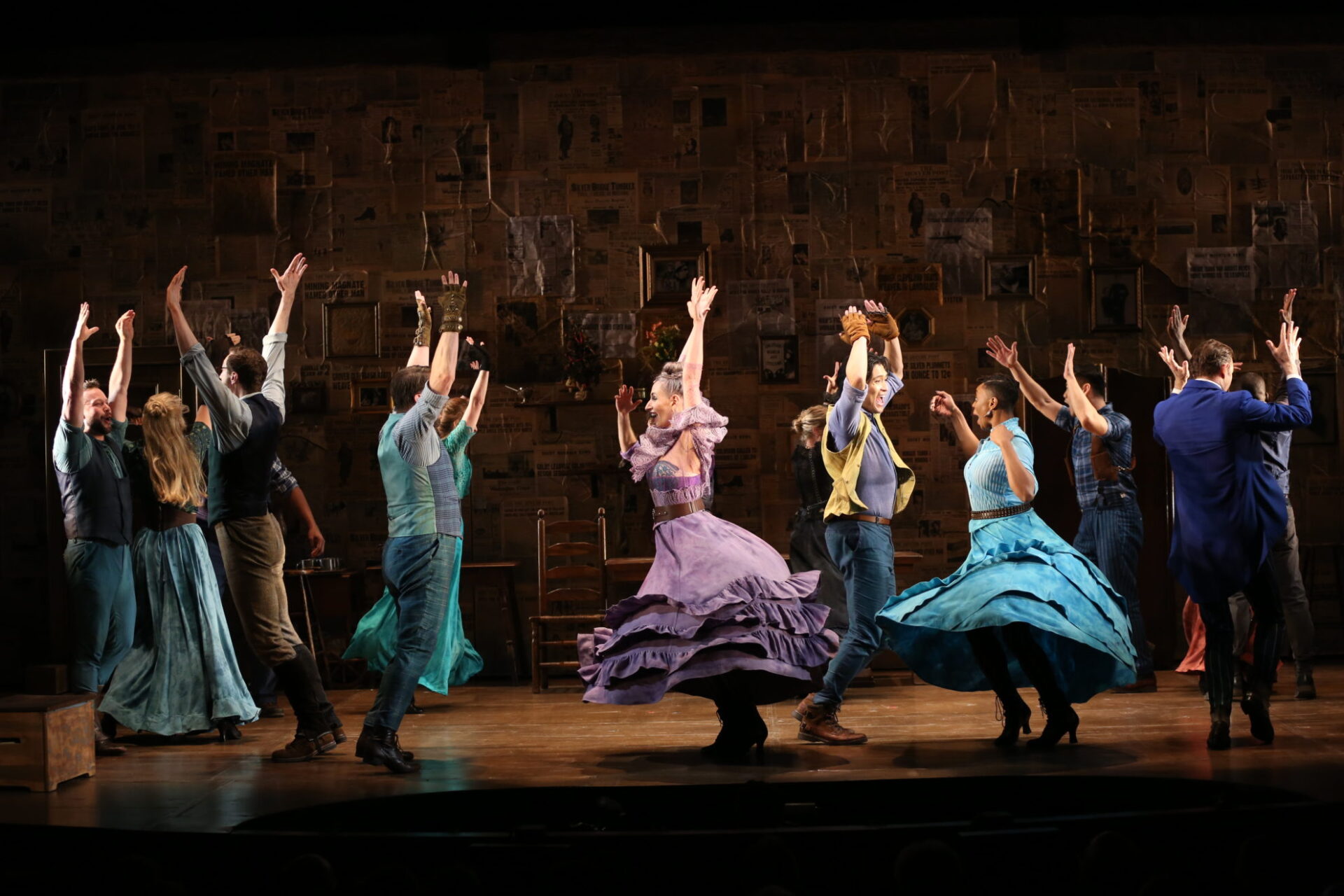
About the author:

Explore Our Past Shows

